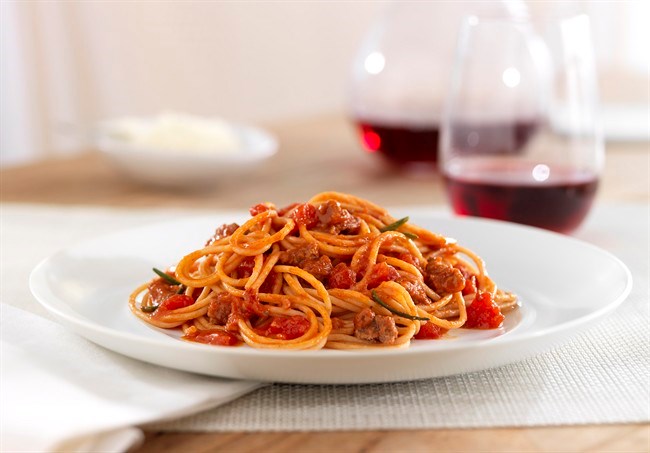Week 3: Carbohydrates
There are two subtypes of carbohydrates: simple and complex. Simple sugars are closest in nature to blood glucose (sugar), while complex carbohydrates are made up of long strings of simple sugars. By nature, carbohydrates are digested very quickly and absorbed into the blood stream. Each type of carbohydrate can be placed on a scale based on how quickly the sugar moves into the blood stream. The length of the sugar, along with the amount of fibre and nutrients, will affect its position on the scale. Generally speaking, simple sugars move quickly into the blood stream and complex carbohydrates require more digestion (and time) to break them into single sugar units.
Focus on eating more complex carbohydrates, but be aware of servings and portions. Complex carbohydrates would include whole grain products, lentils and beans, and vegetables and fruits.
Simple sugars, including table sugars, honey, agave nectar, cane sugar, corn syrup, maple syrups, candy, regular soft drinks and iced tea, should be limited, as they contribute little nutritional value. Dairy and some fruits are also sources of simple sugars, but these contain added nutritional benefits (such as protein and fibre) and are part of a healthy, well-balanced diet.
Pure Nutrition and 91原创 Institute for Sport Excellence

